[Esp/Eng]Cierre de proyecto de grado de mi hijo Benjamín. “Monólogo de Francisco de Miranda”.
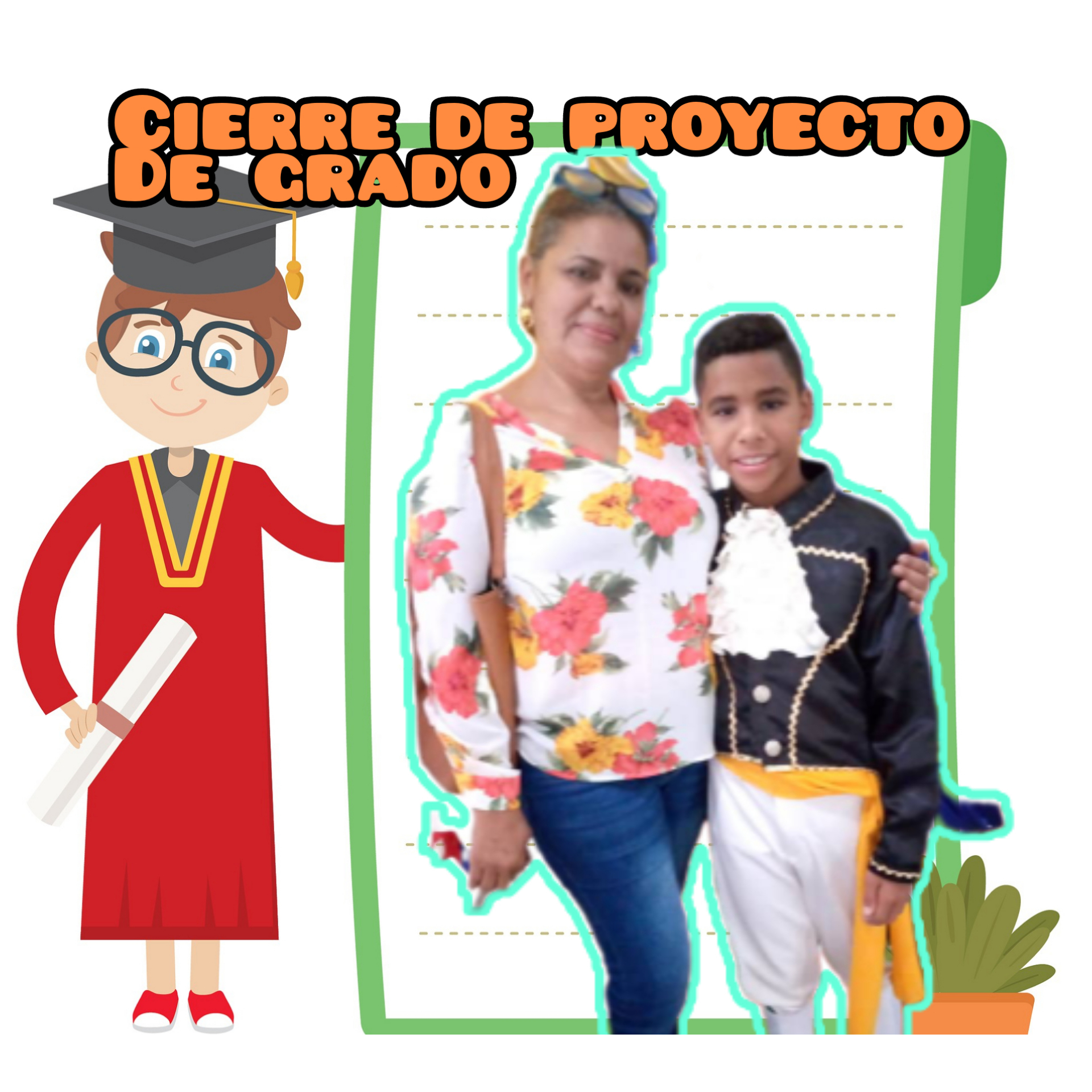
fuente
Hola amigos Hivers de esta gran comunidad!
Hello Hivers friends of this great community!
Hola comunidad, expongo mi experiencia como Madre en la preparación, culminación y presentación del cierre de proyecto de mi hijo Benjamín Borjas. Primeramente agradezco a Dios que pudimos nuevamente podernos reunir en una actividad como esta; El covid nos había privado de estas actividades entre otras.
Hello community, I expose my experience as a mother in the preparation, culmination and presentation of the closing of the project of my son Benjamin Borjas. First of all I thank God that we were able to meet again in an activity like this; Covid had deprived us of these activities among others.
Hace como 3 semanas mi hijo me participo que debía preparar un Monologo sobre la vida de Francisco de Miranda, y que sería evaluado en oratoria, vestuario; les cuento que me moleste mucho porque pensé (las maestras no tienen nada que hacer y le ponen trabajo a uno, y de paso que la situación económica del país no da para hacer esos gastos), aunque no estoy lejos de la razón decidí dedicarme a preparar el cierre de proyecto.
About 3 weeks ago my son told me that I had to prepare a monologue about the life of Francisco de Miranda, and that it would be evaluated in oratory, costumes; I tell you that I was very upset because I thought (the teachers have nothing to do and put work to one, and incidentally that the economic situation of the country does not give to make those expenses), although I am not far from the reason I decided to devote myself to prepare the closing of the project.
Al principio no tenía idea de lo que era un Monologo, comencé mi búsqueda por internet, encontré algunas publicaciones, y también empecé a leer sobre la vida de este personaje histórico tan relevante e importante para Venezuela, también inicie la tarea de mostrarle a mi hijo, los video, para que se formase la idea como tendría que actuar. Aprendí que debes imaginarte el personaje, y al momento de interpretarlo actuar como si realmente fuera él.
At first I had no idea what a Monologue was, I began my search on the internet, I found some publications, and also began to read about the life of this historical character so relevant and important for Venezuela, I also began the task of showing my son, the videos, so that he could form the idea of how he would have to act. I learned that you have to imagine the character, and at the moment of interpreting it, act as if it were really him.
En cuanto a Francisco de Miranda puedo decir que conocí muchas cosas importantes sobre su vida, aquí les dejo parte de su biografía:
As for Francisco de Miranda I can say that I knew many important things about his life, here I leave you part of his biography:
Francisco de Miranda
(1750/03/28 - 1816/07/14)
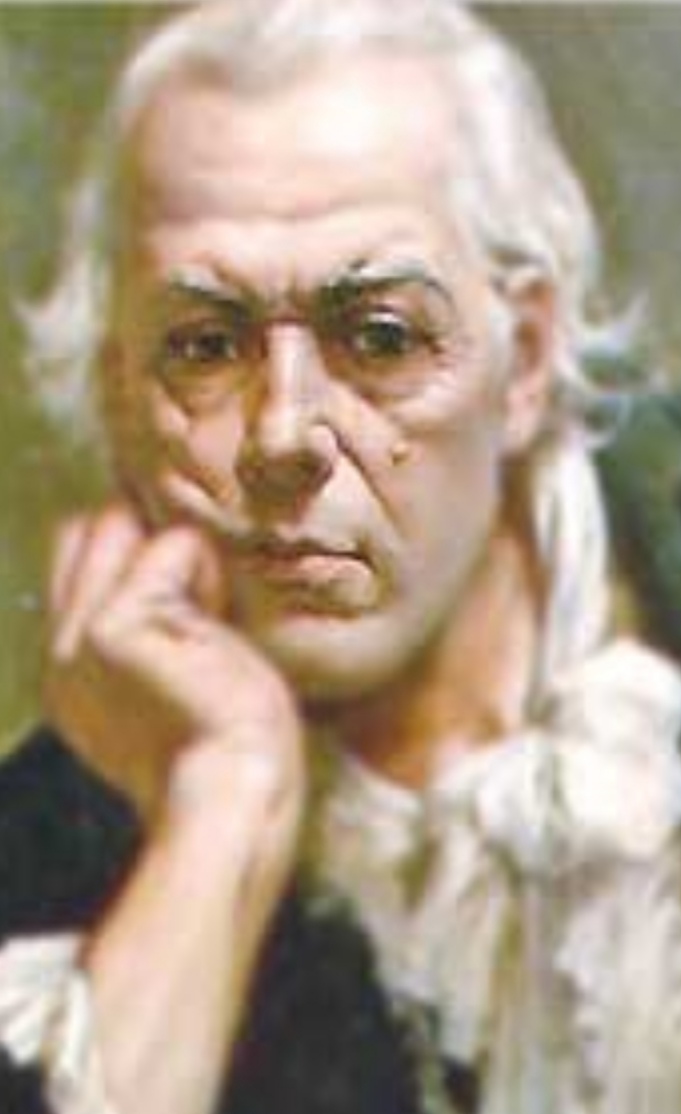
fuente
Militar venezolano
“El tamaño de tu éxito será del tamaño de tu esfuerzo”
Considerado el precursor de la independencia de América Latina.
• Rango: Teniente general de la Nueva Francia
• Padres: Francisca Antonia Rodríguez de Espinoza y Sebastián de Miranda Ravelo
• Cónyuge: Sarah Andrews
• Hijos: Leandro de Miranda, Francisco de Miranda
• Nombre: Sebastián Francisco de Miranda y Rodríguez Espinoza
• Apodos: El Precursor, El Gran Americano Universal
"La tiranía no puede reinar sino sobre la ignorancia de los pueblos"
• Francisco de Miranda nació el 28 de marzo de 1750 en Caracas, Venezuela.
• Padres: Hijo de Francisca Antonia Rodríguez de Espinoza, venezolana, y Sebastián de Miranda Ravelo, originario de las Islas Canarias, España.
Estudios: Durante 1762 estudió en Universidad de Caracas, latín, gramática, religión, aritmética y geografía. Además, realizó un curso de Artes en la misma universidad estudiando Lógica, Física y Metafísica y obtuvo el título de bachiller en 1767.
Militar: Después de estudiar el bachillerato, viajó a España (25 de enero de 1771) y como capitán participó en la defensa de Melilla (9 de diciembre de 1774).
En 1780 fue destinado a La Habana (Cuba), escapó y se refugió el 1 de junio de 1783 en Estados Unidos, donde se entrevistó con el presidente George Washington y con otras personalidades estadounidenses.
El 1 de febrero de 1785 presentó al gobierno inglés su proyecto revolucionario. En Kíev conoció a la emperatriz Catalina II de Rusia (14 de febrero de 1787) quien le autorizó a usar el uniforme del Ejército ruso.
• Revolución francesa
Ingresó en el Ejército francés con el grado de mariscal de campo. Se destacó en la victoria de Valmy por lo que fue ascendido a general. Como jefe del Ejército del Norte tomó Amberes y Ruremonde pero su jefe, el general Dumouriez, lo acusó de ser el responsable de algunos fracasos militares. Ingresó en prisión y después de un largo juicio fue declarado inocente el 15 de mayo de 1793 y al salir en libertad, el pueblo lo llevó en hombros. Acosado por los jacobinos, huyó de París y llegó a Londres (15 de enero de 1798), donde reanudó sus entrevistas con Pitt, quien entonces se decidió a apoyarle.
• América del sur
Decepcionado por la actitud inglesa, se trasladó a Nueva York (9 de noviembre de 1805) donde armó una expedición que hizo su primera escala en Haití el 18 de febrero de 1806. En aguas haitianas, a bordo del Leander, enarboló el 12 de marzo de 1806 la que se convertiría en la bandera de Venezuela. Allí se le unieron las goletas Bachus y Bee. Frente a Ocumare de la Costa, en Venezuela, la expedición fue rechazada (28 de abril); un segundo intento (del 1 al 4 de agosto) también terminó en fracaso.
• Regreso a Venezuela:
Regresó a Londres el 1 de enero de 1808. Allí, en 1810, Simón Bolívar, que acababa de llegar en busca del apoyo británico, lo convenció para regresar a Venezuela; antes de terminar el año, Miranda se encontraba ya en Caracas (13 de diciembre), donde se había constituido una Junta Suprema de Gobierno.
• Presidente: Como diputado al Congreso constituyente, en el que se le eligió presidente, luchó ardientemente por la declaración de la independencia (5 de julio de 1811). El nuevo país nacía sumido en diferencias y enfrentamientos de facciones internas, que impedían su fortalecimiento. Ante el anuncio de la llegada de una expedición militar desde Puerto Rico, fue nombrado general en jefe y se le concedieron todos los poderes, pero incapaz de organizar un ejército disciplinado y eficaz, firmó una capitulación con el jefe realista Domingo Monteverde el 25 de julio de 1812.
• Matrimonio e hijos: Contrajo matrimonio con la inglesa Sarah Andrews. Tuvieron dos hijos Leandro y Francisco.
Muerte: A punto de embarcarse hacia el extranjero, Miranda fue traicionado por los suyos y arrestado por los realistas. Enviado de una prisión a otra (Puerto Cabello, San Juan y Cádiz), murió en La Carraca, cerca de Cádiz, el 14 de julio de 1816. Sus restos fueron enterrados en una fosa común.
Sabías que...
Bandera
La bandera nacional de la República Bolivariana de Venezuela está inspirada en el diseño elaborado por el general Francisco de Miranda Rodríguez y el capitán de fragata Lino de Clemente y Palacios, para la Confederación Americana de Venezuela.
Cargos:
• 2° Presidente de los Estados de Venezuela
25 de abril de 1812 - 26 de junio de 1813
Predecesor
Cristóbal Mendoza
Sucesor
Simón Bolívar
Dictador Plenipotenciario y Jefe Supremo de los Estados de Venezuela
25 de abril de 1812 - 26 de junio de 1813
Sucesor
Simón Bolívar.fuente
Francisco de Miranda
(1750/03/28 - 1816/07/14) Venezuelan Military
"The size of your success will be the size of your effort".
Considered the precursor of Latin American independence.
Rank: Lieutenant General of New France
Parents: Francisca Antonia Rodríguez de Espinoza and Sebastián de Miranda Ravelo
Spouse: Sarah Andrews
Children: Leandro de Miranda, Francisco de Miranda
Name: Sebastián Francisco de Miranda y Rodríguez Espinoza
Nicknames: El Precursor, El Gran Americano Universal (The Forerunner, The Great Universal American)
"Tyranny can only reign over the ignorance of the people".Francisco de Miranda was born on March 28, 1750 in Caracas, Venezuela.
Parents: Son of Francisca Antonia Rodríguez de Espinoza, Venezuelan, and Sebastián de Miranda Ravelo, native of the Canary Islands, Spain.
Studies: During 1762 he studied Latin, grammar, religion, arithmetic and geography at the University of Caracas. In addition, he took a course in Arts at the same university studying Logic, Physics and Metaphysics and obtained his bachelor's degree in 1767.
Military: After studying high school, he traveled to Spain (January 25, 1771) and as a captain participated in the defense of Melilla (December 9, 1774).
In 1780 he was assigned to Havana (Cuba), escaped and took refuge on June 1, 1783 in the United States, where he met with President George Washington and other American personalities.
On February 1, 1785 he presented his revolutionary project to the English government. In Kiev he met Empress Catherine II of Russia (February 14, 1787) who authorized him to wear the uniform of the Russian Army.French Revolution
He entered the French Army with the rank of field marshal. He excelled in the victory of Valmy and was promoted to general. As head of the Army of the North he took Antwerp and Ruremonde but his boss, General Dumouriez, accused him of being responsible for some military failures. He was imprisoned and after a long trial was found not guilty on May 15, 1793 and upon his release, the people carried him on their shoulders. Harassed by the Jacobins, he fled Paris and arrived in London (January 15, 1798), where he resumed his interviews with Pitt, who then decided to support him.South America
Disappointed by the English attitude, he moved to New York (November 9, 1805) where he put together an expedition that made its first stop in Haiti on February 18, 1806. In Haitian waters, aboard the Leander, he flew on March 12, 1806 what would become the flag of Venezuela. There he was joined by the schooners Bachus and Bee. Off Ocumare de la Costa, in Venezuela, the expedition was repulsed (April 28); a second attempt (August 1-4) also ended in failure.Return to Venezuela:
He returned to London on January 1, 1808. There, in 1810, Simón Bolívar, who had just arrived in search of British support, convinced him to return to Venezuela; before the end of the year, Miranda was already in Caracas (December 13), where a Supreme Government Junta had been constituted.President: As deputy to the constituent Congress, in which he was elected president, he fought ardently for the declaration of independence (July 5, 1811). The new country was born immersed in differences and internal factional confrontations, which prevented its strengthening. Before the announcement of the arrival of a military expedition from Puerto Rico, he was named general in chief and was granted all the powers, but unable to organize a disciplined and effective army, he signed a capitulation with the royalist chief Domingo Monteverde on July 25, 1812.
Marriage and children: He married the Englishwoman Sarah Andrews. They had two sons Leandro and Francisco.
Death: On the verge of embarking abroad, Miranda was betrayed by his own and arrested by the royalists. Sent from one prison to another (Puerto Cabello, San Juan and Cadiz), he died in La Carraca, near Cadiz, on July 14, 1816. His remains were buried in a common grave.
Did you know that...
Flag
The national flag of the Bolivarian Republic of Venezuela is inspired by the design elaborated by General Francisco de Miranda Rodríguez and frigate captain Lino de Clemente y Palacios, for the American Confederation of Venezuela.
Positions:
- 2nd President of the States of Venezuela.
April 25, 1812 - June 26, 1813
Predecessor
Cristobal Mendoza
Successor
Simón Bolívar
Dictator Plenipotentiary and Supreme Head of the States of Venezuela
April 25, 1812 - June 26, 1813
Successor
• Simón Bolívar.fuente
Un gran Prócer en la historia de mi país, y aunque al principio peleaba con mi hijo porque yo leía más que él, me gustó mucho hacerlo y meterme en la vida de este gran personaje. Los días previos a la presentación fueron estresante en cuanto a conseguir el vestuario, el pueblo donde vivo hay pocas tiendas y variedades, pero gracias a Dios y algunas amistades conseguí el traje alquilado, invertí en el calzado, medias, telas y otras cosas más, todos los días practicaba con Benjamín, y aunque creía que podía olvidarse algunos párrafos no fue así.
A great hero in the history of my country, and although at first I fought with my son because I read more than him, I really enjoyed doing it and getting into the life of this great character. The days leading up to the presentation were stressful in terms of getting the costumes, the town where I live there are few stores and varieties, but thanks to God and some friends I got the costume rented, I invested in shoes, stockings, fabrics and other things, every day I practiced with Benjamin, and although I thought he could forget some paragraphs it was not so.
El día 12 julio de 2022, llego el día de la presentación, al levantarme con mi rutina del desayuno, la preparación del vestuario del niño, conseguir un vehículo para trasladarme al colegio, la peluca que llevo Benjamín no estaba muy bien y era poco lo que se podía hacer, así que no quedo otra opción que usarla como estaba. Todo quedo muy bien organizado se contó con la participación de la directiva del colegio, y puedo decir que me siento orgullosa de la participación de todos los chicos que se esforzaron y realizaron su actividad con mucha responsabilidad y los que contaron con el apoyo de sus familiares.
On July 12, 2022, the day of the presentation arrived, when I woke up with my breakfast routine, the preparation of the child's wardrobe, getting a vehicle to move to school, the wig that Benjamin wore was not very well and there was little that could be done, so there was no other option but to use it as it was. Everything was very well organized with the participation of the school board, and I can say that I am proud of the participation of all the children who made an effort and carried out their activity with a lot of responsibility and those who had the support of their families.
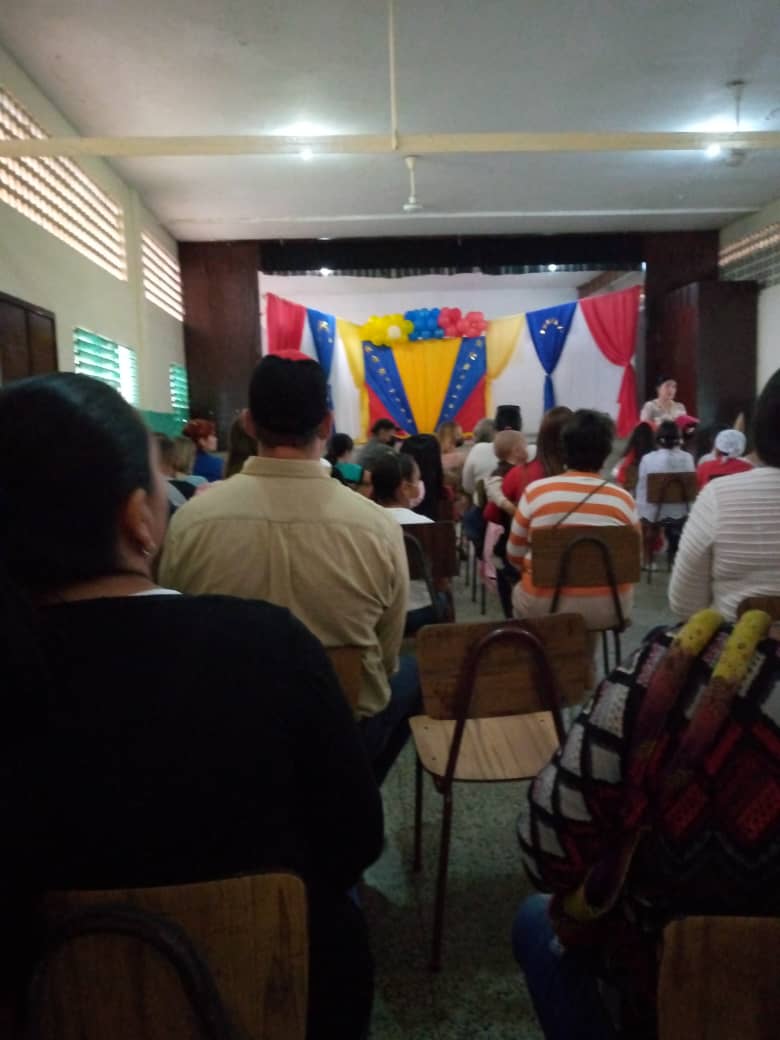
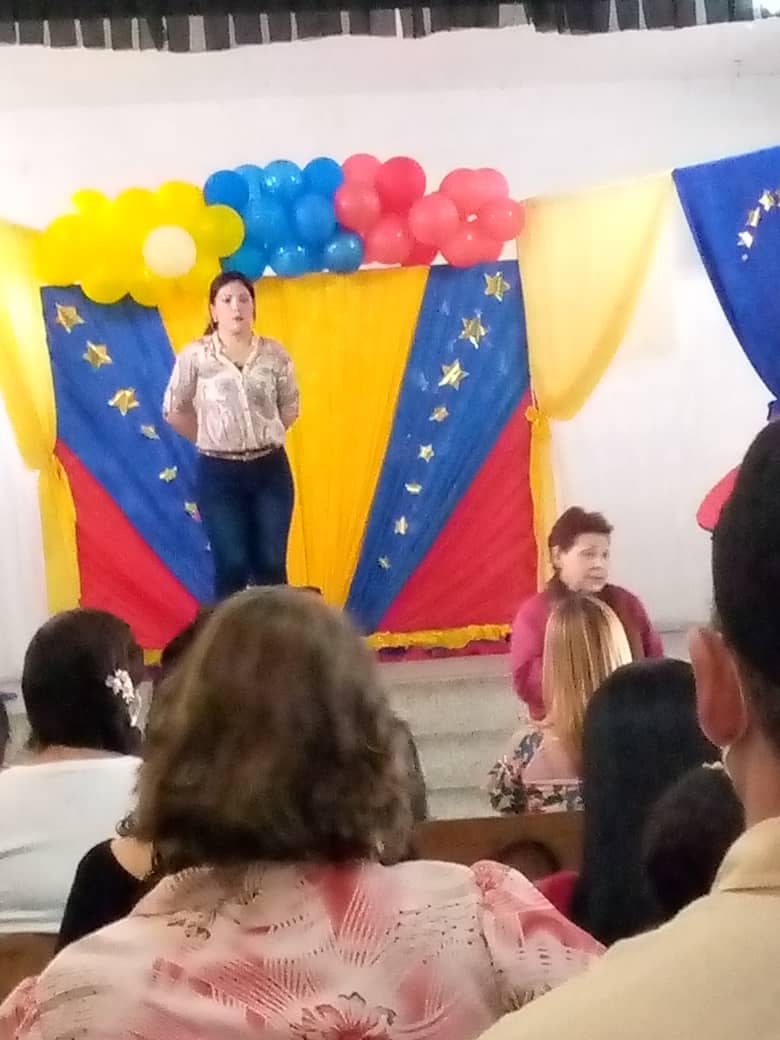
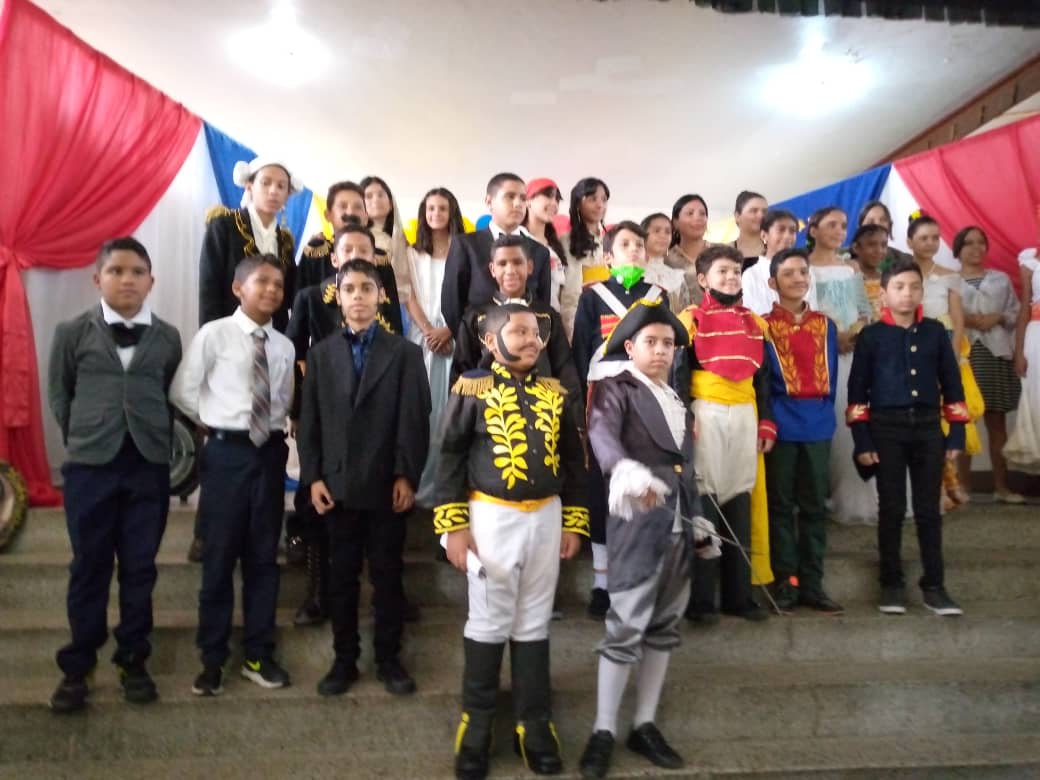
Mi hijo lo hizo mejor de lo que yo había imaginado, pensé que los nervios podían traicionarlo, pero para la gloria de Dios y su esfuerzo personal lo hizo muy bien, como madre me siento muy orgullosa de él, siempre les digo a ellos que cuando uno va hacer una actividad de hacerlo excelente y procurar la perfección, y el chico le quedo el mensaje, y felicito a todos los demás alumnos que también lo hicieron excelente.
My son did better than I had imagined, I thought that nerves could betray him, but to the glory of God and his personal effort he did very well, as a mother I feel very proud of him, I always tell them that when one is going to do an activity to make it excellent and strive for perfection, and the boy got the message, and I congratulate all the other students who also did excellent.


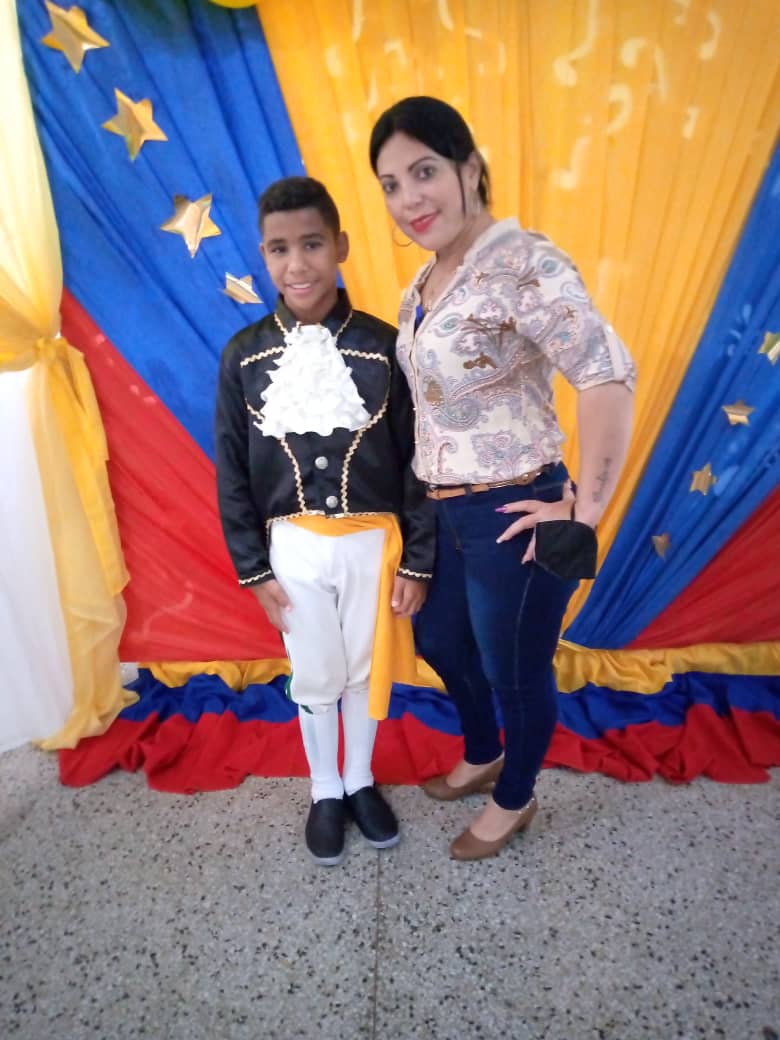
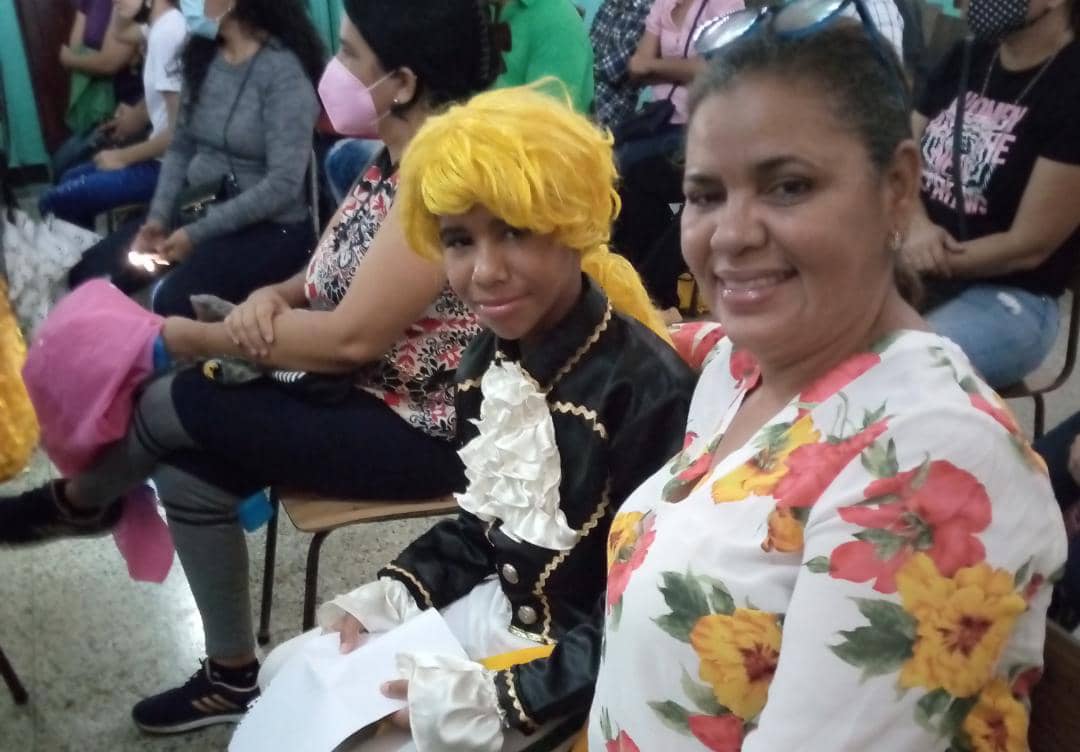
Los invito a seguirme a mis redes sociales.
I invite you to follow me on my social networks.
Facebook.https://www.facebook.com/marisol.morales.165685
Fotografías de mi autoría | Photographs of my authorship
Traductor Deepl.com | Translator Deepl.com
Congratulations @delvalle0512! You have completed the following achievement on the Hive blockchain and have been rewarded with new badge(s):
Your next payout target is 100 HP.
The unit is Hive Power equivalent because post and comment rewards can be split into HP and HBD
You can view your badges on your board and compare yourself to others in the Ranking
If you no longer want to receive notifications, reply to this comment with the word
STOPSupport the HiveBuzz project. Vote for our proposal!